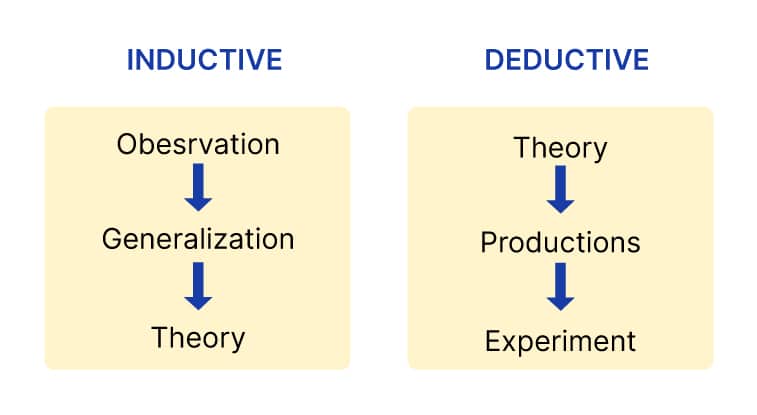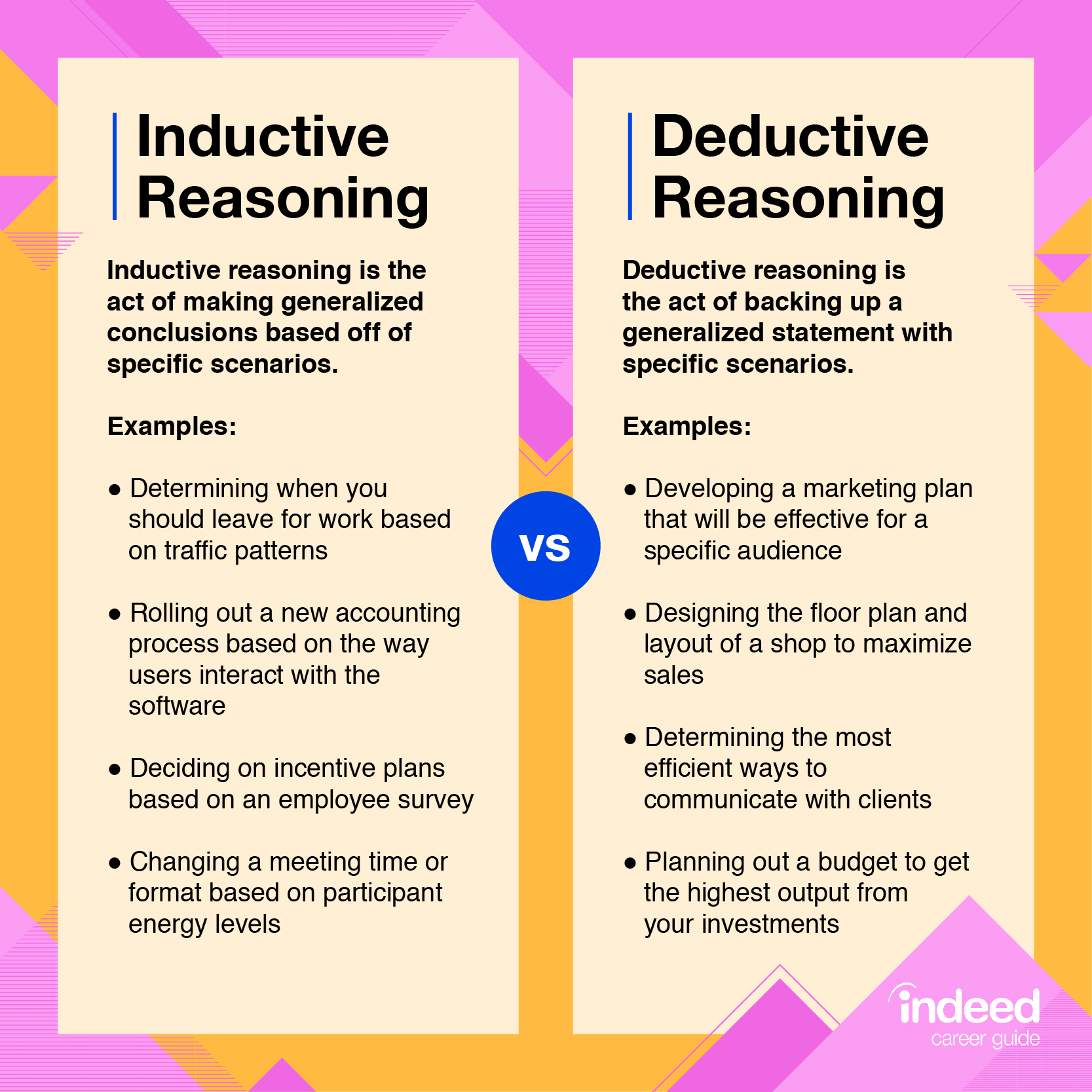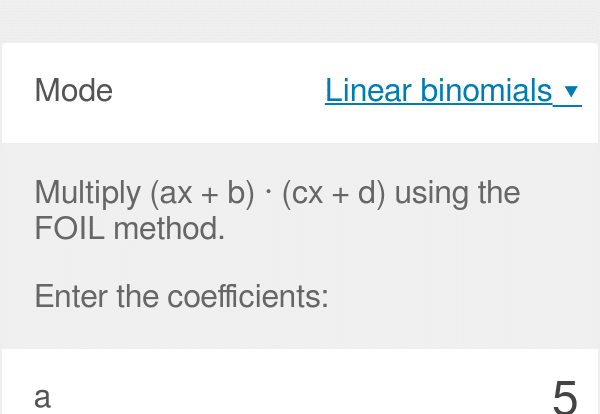Deductive reasoning is a type of logical reasoning. We use such reasoning frequently in various sectors. Employers also highly regard deductive reasoning as a trait. This type of reasoning is also known as top-down thinking. Thereby also meaning to go from the general to the specific. You can effectively use your deductive reasoning throughout your job hunt. Henceforth, you may also show your bosses that you know how to apply logic to profit the company. Deductive reasoning, often known as deductive logic, is a form of argument that they may find in both academia and ordinary life. The process, also known as a deduction, needs you to follow one or more statements based on facts (i.e., premises). You need to do this to reach a logically right result.
In a deductive argument, if all the facts are perfect and the terms are rightly used, then it holds that the conclusion will also be proper. This is also called “top-down” logic. This is because it usually starts with a general statement and ends with a smaller conclusion. This result is also more specific. The general principles of deductive reasoning date back to the Ancient Greek philosopher Aristotle. Deductive reasoning is also at the heart of maths and computer coding.
If you want to know more about this topic, you’re welcome here. Read on as we explore the facts on deductive reasoning.

Deductive Reasoning Definition
People can use deductive reasoning in the major process to arrive at a result. The final result is logically correct too. Inductive reasoning is another form of reasoning that is used. Deductive reasoning is often confused with inductive reasoning. The opposite is also true. It is important to know what each form of reasoning means to find out correct logic.
Deductive reasoning is the most basic type of actual reasoning. As California State University says, deductive reasoning, or deduction, begins with a broad assertion or hypothesis. Deductive reasoning also explores the options to get one final logical result. To test the theories and ideas, the main method uses deduction. “In deductive inference, we hold a theory and forecast its implications based on it. In other words, we show what the data should be if the theory is right. We move from the broad — theory — to the specific — findings, “Dr. Sylvia Wassertheil-Smoller, a researcher and emerita professor at Albert Einstein College of Medicine, said.
Deductive Reasoning Examples
As an example, “Every man is mortal. Harold is an adult. As a result, Harold is doomed.” The theory must be true for deductive reasoning to be valid. The lines “All men are mortal” and “Harold is a man” are said to be true. As a result, the conclusion is logical and correct. If we follow logical reasoning, if anything is true of a class of objects in general, it is also true of all members of that class.
Deductive inference results are decided if the facts are valid, according to California State University. Even if the statement is false, it is easy to get a logical conclusion. If the inference is incorrect, the decision may be alright but also false. Consider this argument: “Grandpas are all bald guys. Harold has a hairless head. As a result, Harold being a grandpa “is logically correct, but it is incorrect since the initial assertion is wrong.
Deductive Reasoning Types
Deductive reasoning has three main types:
- Syllogism
- Modus ponens
- Modus Allen
Syllogism deductive reasoning
A syllogism is a simple kind of reasoning based on logic. Syllogisms are nearly always written in three lines. They share a word, which appears in both facts but not in conclusion. Here’s an illustration:
- a) People born in the 1970s are members of Gen X.
- b) If someone is from Gen X, they probably listened to music on a Walkman.
- c) As a result, if a person was born in the 1970s, they mostly listened to music on a Walkman.
Modus Ponens
Modus ponens reasoning is another form of deductive reasoning that follows this order:
- a) A millennial is a person who was born between 1981 and 1996.
- c) Miley was born in the year 1992.
- b) Miley is thus a millennial.
This is often called “affirming the antecedent.” This is because only the first premise is a conditional line. The second premise simply confirms that the first portion of the earlier word (the antecedent) is correct.
Modus Tollens
Modus tollens, or “the law of contrapositive,” is yet another form of deductive reasoning. It is the opposite of modus ponens since its second premise omits the first. It modifies the second portion of the preceding conditional expression (the consequent).
As an example:
- a) A millennial is someone who was born between 1981 and 1996.
- b) Bruce, on the other hand, is not a millennial.
- c) As a result, Bruce was born between 1981 and 1996.

Deductive Reasoning Model
You can use logic to support work-related decisions via deductive reasoning. Even if the option does not work out, you may explain why you made the choice you did. Companies value the ability to use logical thinking. Employers reward workers who are decisive and aggressive.
When looking for jobs, pay special attention to your logical thinking abilities. This is especially important if you’re looking for a position of manager where you’ll be making important decisions that will influence the business.
Unless it is a job necessity, you do not need to mention the word “deductive reasoning.” Instead, you might include an example of when you used deductive reasoning. It’s there to help your business in your cover letter or resume. Employers will see specific examples of how you apply logic. They will know how you give value to the place you work for.
How is Deductive Reasoning Used ?
To obtain a correct conclusion, the top-down thinking process involves a lot of phases. To conclude, most experts rely upon on-premises or something that is finalized earlier. Other stages you’ll likely take during this reasoning process, aside from finding the premises in a specific condition, include:
- Make sure that you completely know the situation and what is at stake.
- Analyze the data relevant to the topic at hand and ask clarifying questions as needed to better understand.
- Create a hypothesis or a possible explanation or rationale for the problem at hand. This will be your first hunch.
- Applying a solution you feel will address the problem will allow you to test the integrity of your hypothesis.
- Continue to test the hypothesis in added conditions to confirm its efficacy if the solution solves the problem in the desired way.
- Based on the findings of your testing, you may determine if the information discovered about the problem is wrong or right.

Deductive Reasoning Tests
Only the test publisher SHL uses the phrase “deductive reasoning” on a commercial scale. Other test publishers, even though their formats are similar, tend to use various descriptions. The best thing to do is to get in touch with the employer or company who asked you to take the test. They are generally including and will most likely give you further facts about the exams or a few sample questions.
- SHL (a division of CEB) is the most important test publisher in the world. Their deductive reasoning tests range in time from 22 to 25 minutes. This test occurs depending on the level. The format has a range of question types that are slightly different from one another. The first will be entirely oral. The premises consist of a series of given sentences. The second will be the image. The beliefs might be more abstract or numerical. The third step is to identify the premises from a block of text. The SHL Verify exam suite includes the option of a follow-up test. In the follow-up test, the applicant is requested to retake a reduced version of their initial exam.
- Kenexa is an IBM subsidiary and an important test publisher. Their deductive reasoning exams generally have 20 questions in which the correct answer must be deduced by following the logic of statements. They have a similar aesthetic to SHL. The usual time binding for 18 questions is 20 minutes. However, this might vary somewhat depending on the complexity of the job.
Inductive Reasoning
When you make a choice, you usually go through an internal process. This is to filter findings based on your previous instances. For example, if you glance outdoors and see a sunny sky, you could conclude that you don’t need an umbrella. It is a logical assumption. Because many previous sunny days have shown this reasoning with perfect accuracy. This is an example of inductive reasoning. It is also a logical process based on unique experiences, observations, or facts.
Inductive reasoning is an essential skill in statistics, research, and probability. It helps us in finding patterns and making better judgments in the workplace. This article shows how inductive reasoning works. It also provides examples of how to use it in your job hunt and other professional situations. We also distinguish inductive reasoning from abductive and deductive reasoning.

Inductive Reasoning and Deductive Reasoning
Arguments in deductive reasoning might be true or false. Inductive reasoning arguments can be weak or strong. Deductive reasoning moves from general to specific facts. Inductive reasoning works its way from specific to available facts.
- Deductive reasoning is a type of proper reasoning in which new info or conclusions create themselves from previously known related facts and info. Inductive reasoning reaches a decision by the process to simplify, which employs particular facts or data.
- Top-down reasoning is unpopular in deductive reasoning. The bottom-up rationale is present in inductive reasoning.
- Premises are the starting point for deductive reasoning. The conclusion serves as the starting point for inductive reasoning.
- Deductive reasoning requires that the conclusion be proper if the premises are true. The validity of premises does not allow the truth of conclusions in inductive reasoning.
- Deductive reasoning is difficult to use since we require facts that must be true. Because we require proof rather than facts, we can use inductive reasoning quickly and easily. It is frequently there in our daily lives.
- Arguments in deductive reasoning might be valid or invalid. This is inductive reasoning can be weak or powerful. Deductive reasoning progresses from broad to specific facts. Such reasoning goes from specific to general truths.








